Ten Years That Shook the City: San Francisco 1968-1978
24 Sep 2011
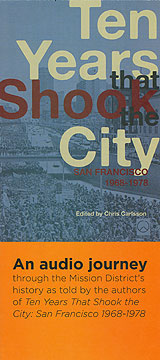
IT'S A BOOK, IT'S A BUNCH OF PUBLIC LECTURES, IT'S AN AUDIO walking tour with a fancy brochure and 24 dedicated stops! The latest project to emerge from Shaping San Francisco, the "Ten Years" audio walking tour hit the streets starting in May 2011. Two dozen plaques began to appear around the Mission District of San Francisco in the windows of cafes and stores, on metal grates on building facades, and a few on fences and Rec & Park signs.
The audio walking tour gives listeners on foot or bike-or even sitting in a café or in front of their computers at home-a chance to hear authors from the Ten Years That Shook the City anthology (edited by myself and LisaRuth Elliott as part of our life as co-directors of Shaping San Francisco, and published by City Lights Foundation in June 2011). Each stop along the tour features a plaque with a brief explanation of the historic event that happened at that spot. On the plaque too is the phone number you can call to hear the author reading an excerpt from their essay, or if you are smart-phone inclined, there is a QR code to scan with an app, which will bring you directly to the webpage in FoundSF.orgwhere the playable audio file also resides.
The idea behind the audio tour emerged from Shaping San Francisco's philosophy of history, summed up by the motto "history is a creative act in the present." Rather than counting on people buying (and reading) a book, the audio tour brings the book's important histories into a public setting, making accessible the stories that are otherwise buried in the volume. Of course it is hoped that hearing excerpts in the author's own voices will encourage people to buy the book, but the overriding purpose of the tour was to make these lost and forgotten histories part of the fabric of public life, especially in the Mission.
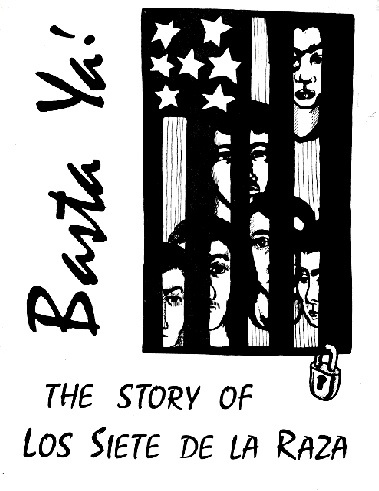
The Mission District has changed enormously in the past 40 years. The book and the audio excerpts are not simply a nostalgia trip though. Instead, the stories of politics and art in the Mission of the 1970s cast light on the neighborhood today. If neighbors hadn't organized and resisted the redevelopment juggernaut back in the late 1960s, many of the charming buildings and our favorite streets might not exist today. The Latino identity of the neighborhood is rooted in a longer history but was consolidated by dramatic political events of that era, most notably the saga of Los Siete de la Raza. The connections that emerged among radicals in the Mission and contemporaries in other parts of the city were galvanized during the 1968-69 strike at San Francisco State, and nurtured by ongoing solidarity against the attempted eviction of elderly Filipinos at the International Hotel in North Beach, and in support of the Native American occupation of Alcatraz and the political campaigns that emerged in its wake. All of these stories are in Ten Years That Shook the City: San Francisco 1968-78 and a surprising number have connections to the Mission District.

Cafés these days are full of laptop zombies, but café culture used to give a home to artists,radicals, poets, and other rebels (it sometimes still does). The rise of cafe culture in the Mission is pretty recent though, and has everything to do with the ferment of art and politics from the 1970s. Latino writers staged readingsand published both literary and political papers in the neighborhood. The mural movement got its start during that era too, taking up from the legacy of Diego Rivera's presence in the city back in the 1930s, but emerging as something quite new, thanks in part to the engagement of Latina artists who called themselves Mujeres Muralistas. As neighborhoods evolve, walls are painted over and sometimes murals are simply hidden behind new construction. One of the few murals to address the Vietnam War directly is no longer visible on a wall next to World Pioneer Video near the Mini-park on 24th Street. The Mission was also ground zero for another art form that emerged in the 1970s, the underground comix movement. Jay Kinney was in the middle of a community of cartoonists all living within a mile of each other around Mission and 23rd, including luminaries like R. Crumb, Bill Griffith, Spain Rodriguez, Trina Robbins, and a surprising number of others.
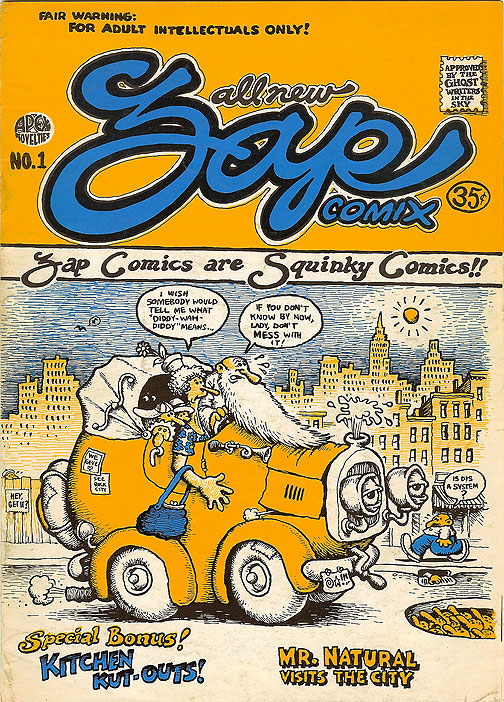
San Francisco was an epicenter for political organizing against the Vietnam War, and one of hundreds of anti-war GI newspapersshared an office on Valencia that is now occupied by a café. Less than a block away used to be a women's bookstore during the 1970s era when Valencia Street was the heart of a burgeoning feminist and lesbian community (something blatantly omitted from Gus van Sant's Hollywood film Milk in which women were virtually invisible!).
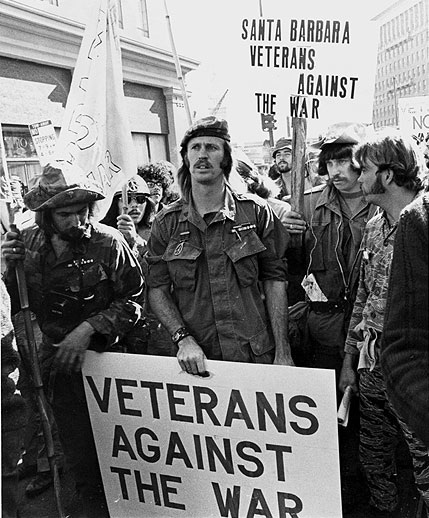
These days it's hard to discern the history of Valencia Street amidst all the fancy restaurants. But today's obsession with California cuisine and good food also has its roots in the radical upheavals of the 1970s. As people joined together in communal living situations, they sought to escape the chemically-soaked, plastic-wrapped, tasteless food on offer at local supermarkets. First they started "food conspiracies" where they went to the only farmers' market in San Francisco at Alegmany to buy fresh food in bulk, but eventually some conspirators went all the way to the Central Valley and bought quantities of food in bulk and brought it back to be shared out among the co-conspirators. By 1974 or so, different people began to form worker-owned collectives to run small grocery stores, food wholesalers, bakers, cheese mongers, and more, in what came to be known as the People's Food System. One of their earliest storefronts was on 24th Street next to Balmy Alley.
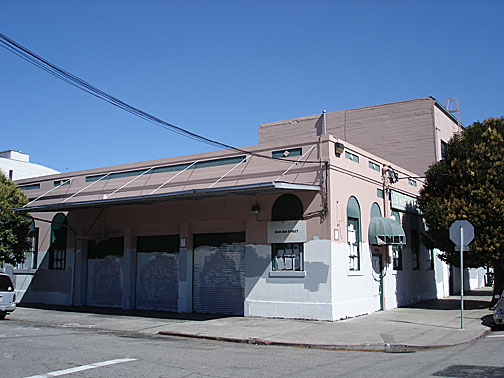
As you're wandering around the Mission these days, you can peel back the layers of history and gain an understanding of how your world was shaped. Pick up a map in the neighborhood, or go here to order a copy by mail. History is what we're made of, whether or not we're inclined to understand it. Getting quick audio downloads from people who lived through these histories themselves deepens and extends our sense of who and where we are. Enjoy!
*Ten Years That Shook the City: San Francisco 1968-78 http://www.shapingsf.org/Ten_Years_book.html
The Shaping San Francisco wiki
http://FoundSF.org
Check it out!
The Nowtopian (Chris Carlsson blog):
http://www.nowtopians.com